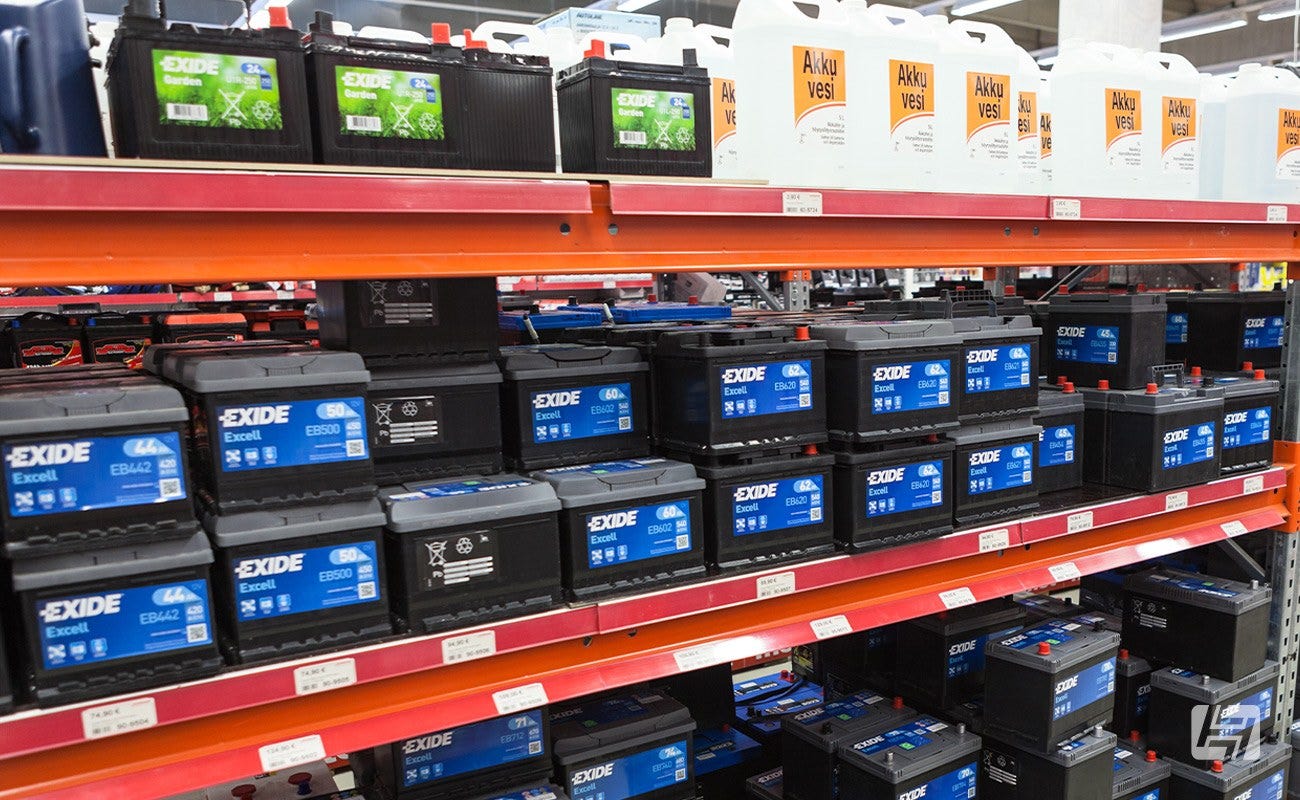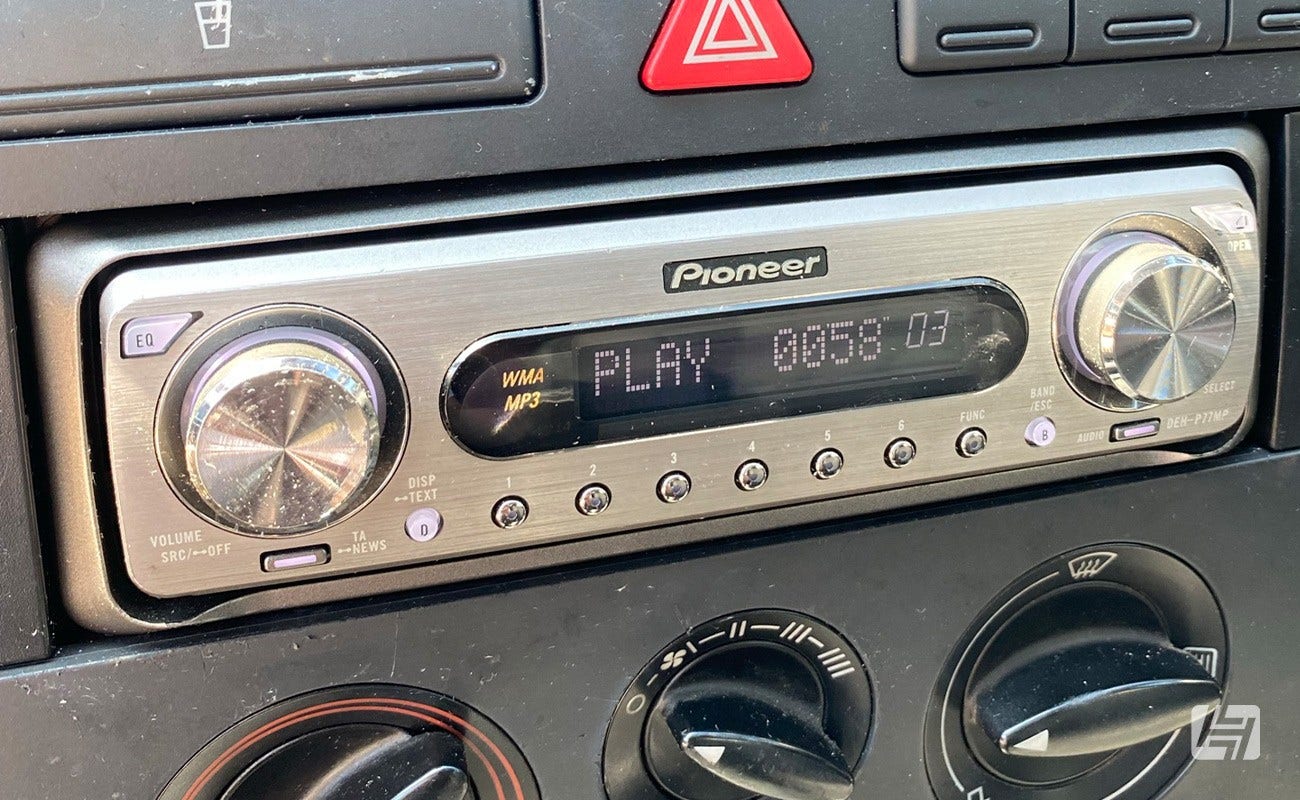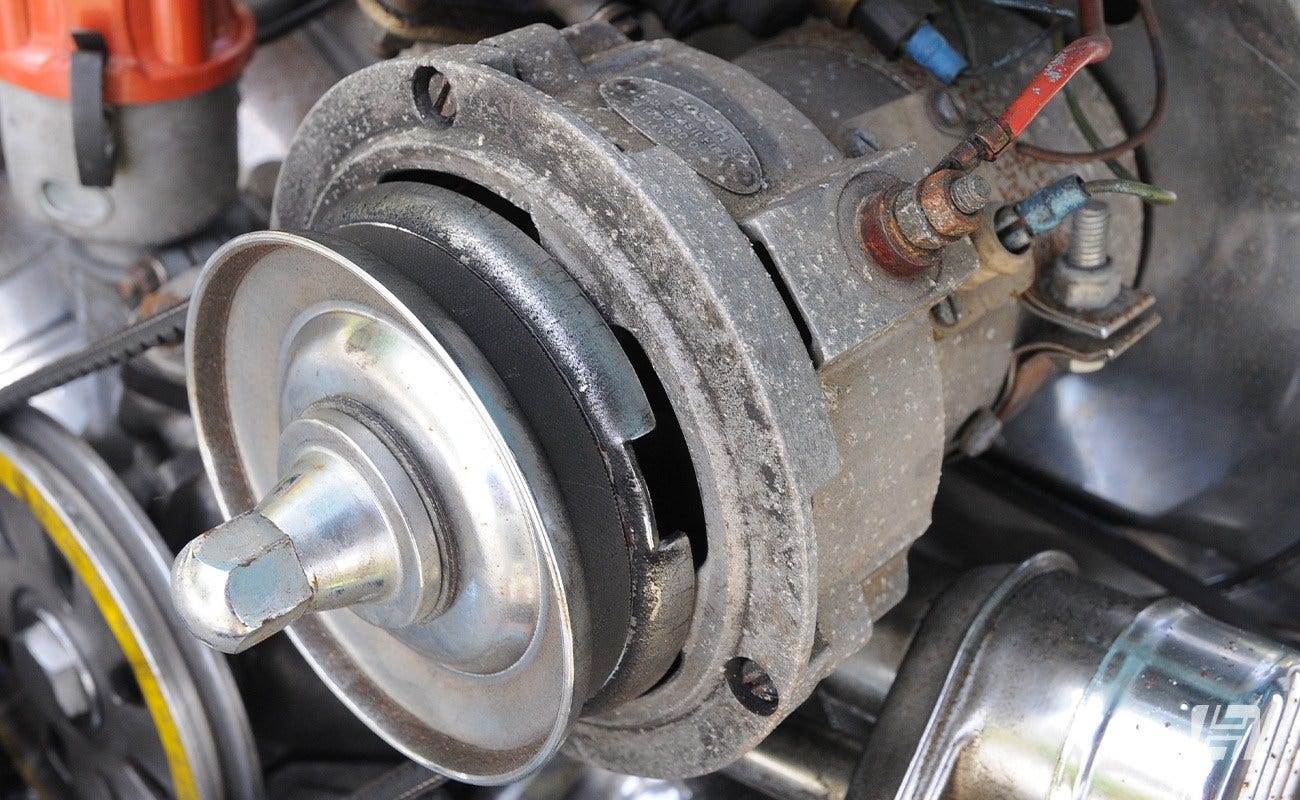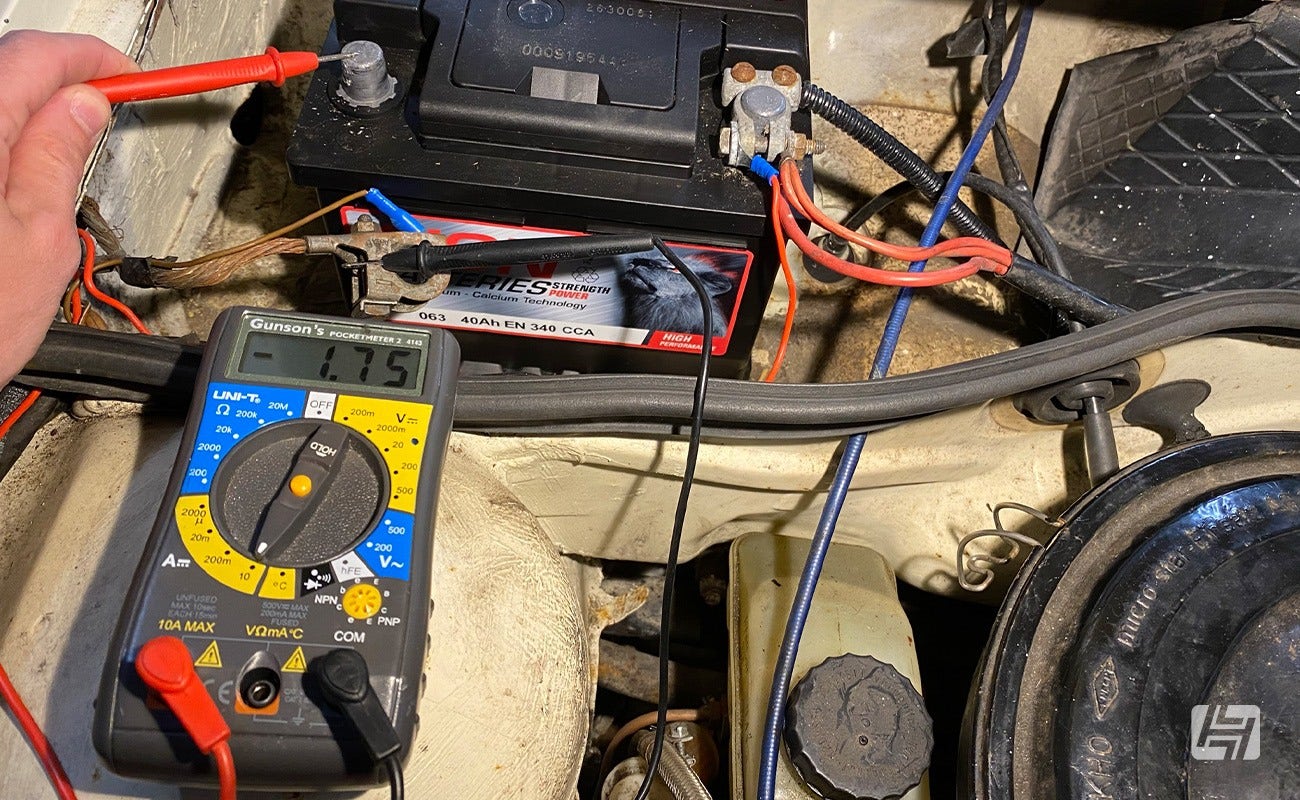Why Does My Car Battery Go Flat?
I’m sure it’s not just me who keeps a set of jump leads in the boot and has taken a journey when switching the ignition off could lead to becoming immobile. If you are suffering from electrical gremlins in your vehicle, then read on as we ask why does my car battery go flat?
Do I need a new car battery?
This might be the most obvious question, but either through our own reluctance to accept an unwanted expense, or not being aware of the signs of a faulty battery we might overlook the fact that our car battery is just old and needs replacement.
Car batteries come with a guarantee, and this is normally printed on the branded sticker on the top, or on the side. It should last longer than this, but if you don’t recall purchasing the battery within this time frame, then potentially your battery is just old.
The weather will also influence your car battery. If it is really hot the liquids within the battery can start to evaporate, and if it is cold then your battery will produce less current and be under increased demand to start your vehicle. Motor Factors sell far more batteries in the winter months for a reason.


What is draining my car battery?
If your car battery is in good health, then the next step is to check that there isn’t human error involved. You may have left your headlights switched on (here’s how to fit a warning buzzer) a door slightly ajar causing the interior light to remain shining or your tunes quietly playing overnight. If it’s nothing as simple as that, then it sounds like your battery isn’t being charged while you drive.


Is my alternator charging my car battery?
As you drive your vehicle the alternator (or dynamo on much older classics) is being rotated by a pulley and alternator belt, powered by the engine. This generates electrical energy to recharge the battery, so you have enough power to start again once parked up.
Your flat battery issue could be down to this system. With the engine off, check that there is suitable tension in the alternator belt, but also that it is spinning the pulley on the alternator when running.
If you have access to a multimeter, then you can check if the alternator is charging the battery, by measuring the voltage across the battery whilst the engine is on. At rest, a good battery should read at least 12.5v. With the engine running around 2000rpm, all accessories switched on and the alternator functioning correctly, this number should easily go up over 13 volts.


Checking for a parasitic drain on your battery
Whether you own a newer car, a campervan with lots of accessories, or an older classic that has seen its fair share of DIY upgrades, there is a chance that one of the electrical components within the vehicle is drawing current from the battery, even once the ignition switch is turned off. This is often referred to as a parasitic drain.
It is possible to diagnose the cause of a parasitic draw though, by using a multimeter measuring current, between the disconnected earth cable and the negative earth post on the battery. This should be done with all accessories switched off, and ideally, the vehicle left stationary for an hour to allow for anything to ‘wake up’ if that is what is happening.
If you've done it correctly, the multimeter screen will show a reading.
Then one by one you remove each fuse from the fuse box (and auxiliary fuse holders) and check the reading again to see if it has dropped. Replace each fuse after checking and continue until you discover one that makes a big difference to the number on the screen. If none of the fuses alter the reading, then repeat the same process with the relays. The circuit that has the parasitic drain should then be investigated further to discover the actual cause.


How to make car battery last longer
Hopefully, our guide above has led you to discover what is making your battery go flat. But here are a few quick tips to finish, on how you can help improve the life of your car battery.
- Give your car a good run once a week, this will keep mechanical components moving and allow the alternator to get up to speed and provide optimum charge.
- Make sure your battery is clean, the terminals aren’t corroded, and that the battery clamp is tight to prevent it from moving around.
- Keeping your battery at a steady temperature, avoiding excess heat or freezing conditions. An insulated battery cover will help with this if you don’t have access to storage inside.
- Listen to your car. If it's taking longer to start or makes an unusual noise from behind the dashboard you may have a problem about to appear.
- Double-check things before you get out; manually switch off your radio and headlamps and disconnect any accessories from the cigarette lighter socket.
- You can pick up a reasonable trickle charger online for a fair price, and that will help to keep your battery at full strength and ready to go whenever you are.
Best of luck.
Andy




 Beetle
Beetle
 T2 Bay
T2 Bay
 T2 Split
T2 Split
 T25
T25
 Transporter T4
Transporter T4
 Transporter T5
Transporter T5
 Golf Mk1
Golf Mk1
 Golf Mk2
Golf Mk2


 911
911
 996
996
 997
997
 986 Boxster
986 Boxster
 987 Boxster
987 Boxster
 912
912
 944
944
 924
924


 Defender
Defender
 Discovery Series 1
Discovery Series 1
 Discovery 2
Discovery 2
 Series 1, 2 & 3
Series 1, 2 & 3
 Freelander
Freelander
 Freelander 2
Freelander 2




